
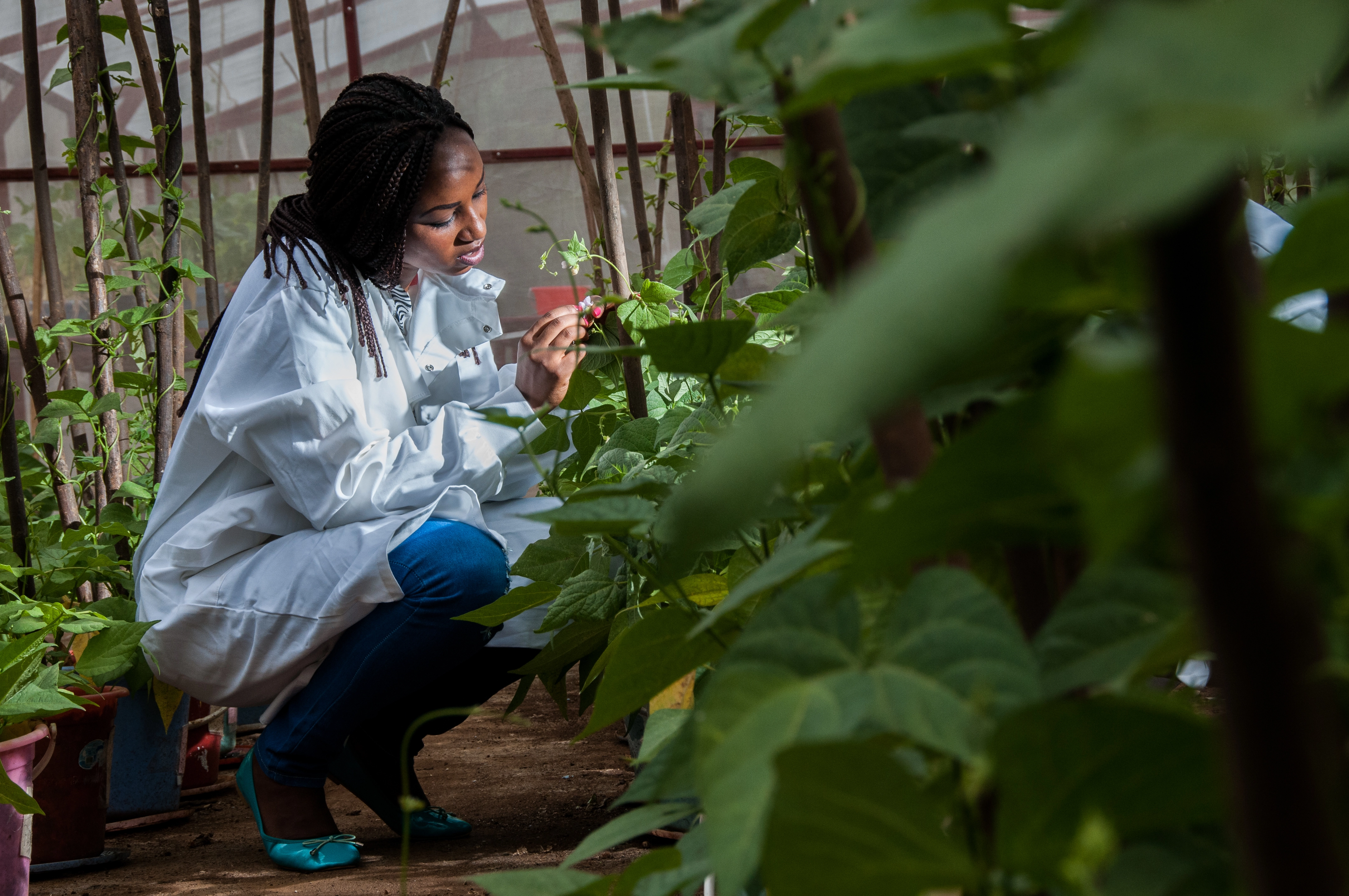

Biofortification is the process of increasing minerals and vitamins in edible parts of the staple crops through conventional plant breeding, genetic engineering or agronomic practices ( fertilizers and foliar sprays). This process is done in order to reduce the prevalence of malnutrition around the world, since the increased consumption of staple crops that are biofortified can help to improve human nutrition and health. As a result, biofortified crops have been creating a global impact in communities where the consumer suffer from hidden hunger.
In HarvestPlus, this process is created through the use of conventional plant breeding approach owing to its simple and globally most accepted way of crop varieties development and dissemination. In it, the researchers determine the best directions for growing plants by developing, testing, and disseminating biofortified staple food crops.
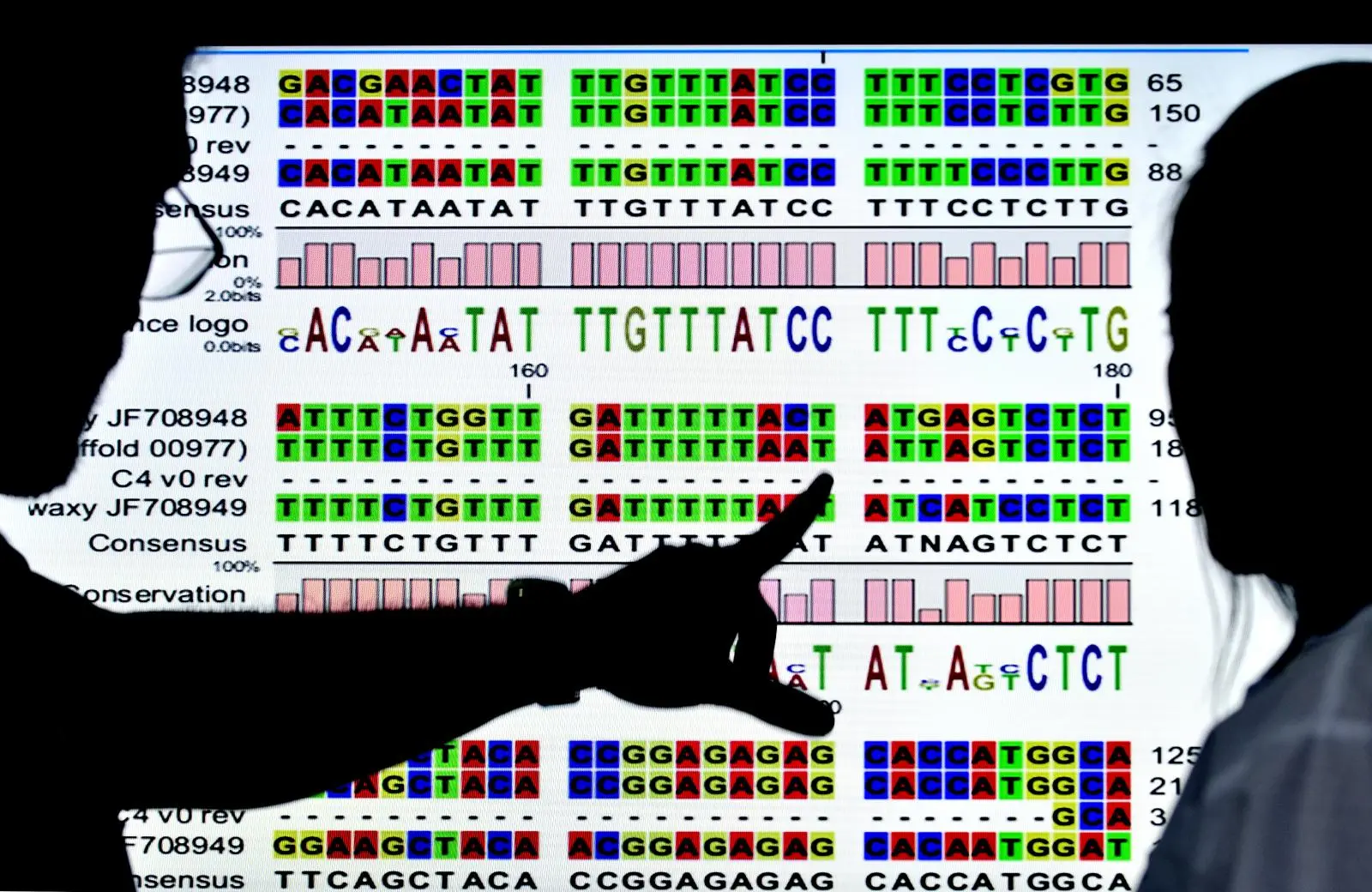
One of the biggest challenges to improve crops is to transform a single variety into an exclusive combination of high-nutrient traits with several productivity and quality traits with the intention of generating competitive varieties in country-crop specific contexts. Researchers - also called plant breeders - look deep into the genetic code of a plant to determine the best traits for growing it, in that way they can make better seeds for farmers so they can succeed under the circumstances determined by the weather, the land where the seeds are planted and the needs of society.
In order to do this, first, breeders select potential related plants and cross them to create a desired crop trait combination. This is done in green houses and fields to have a better control of the environment.

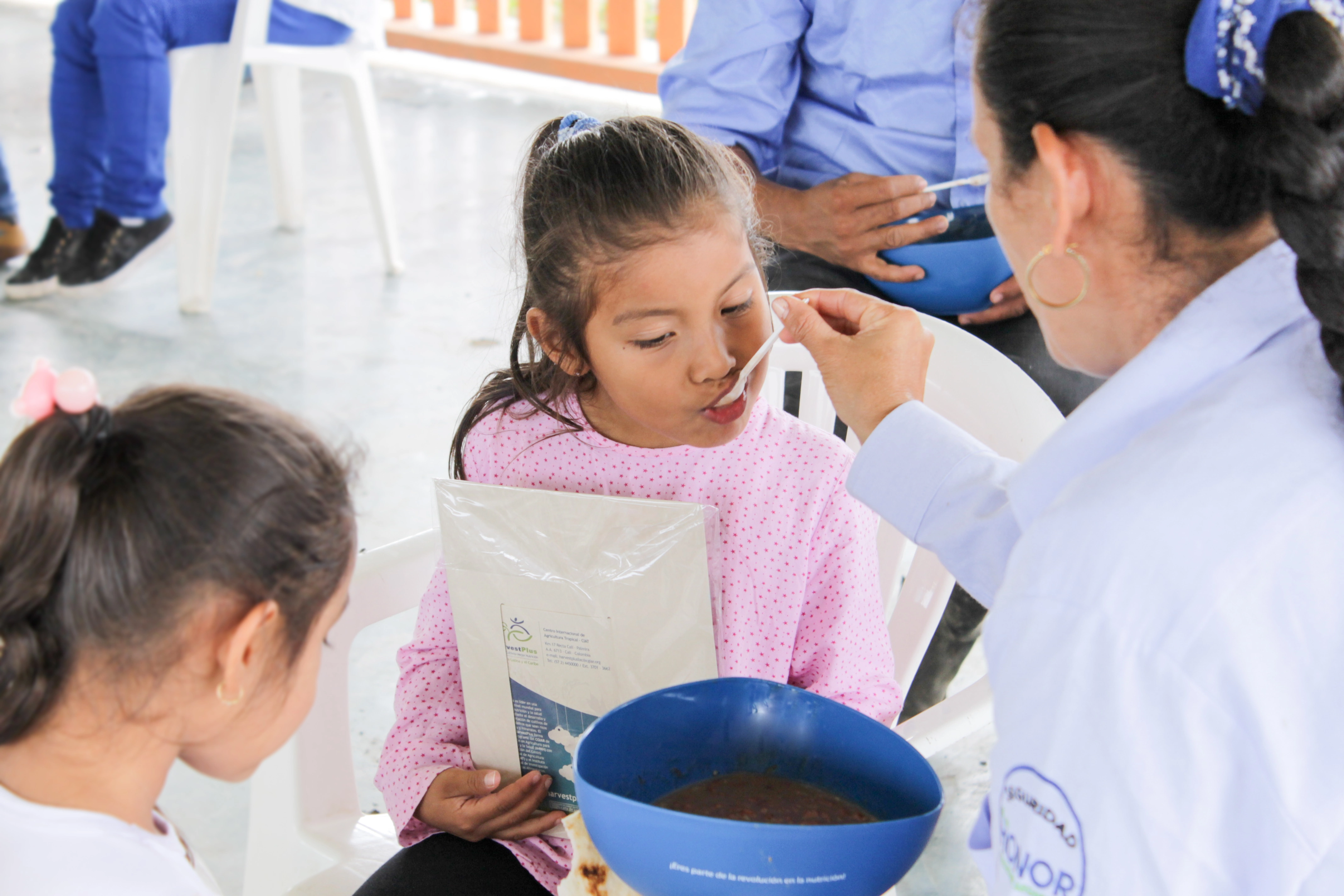
HarvestPlus nutritionists and plant breeders established nutritional breeding targets. These estimates are based on nutrient bioavailability, food consumption patterns of target populations (non-pregnant, non-lactating women, and children aged 1-6 years), dietary needs and estimated nutrient losses. In fact, efficacy and effectiveness studies show that the consumption of biofortified crops improves nutrition status as well as functional health outcomes.
Then, when the crop is ready, breeders have obtained the strongest trait combination in a single variety such as high yield, more micronutrient-dense, pests and disease resistance, tolerance to extreme weather, good consumer and industry acceptance.

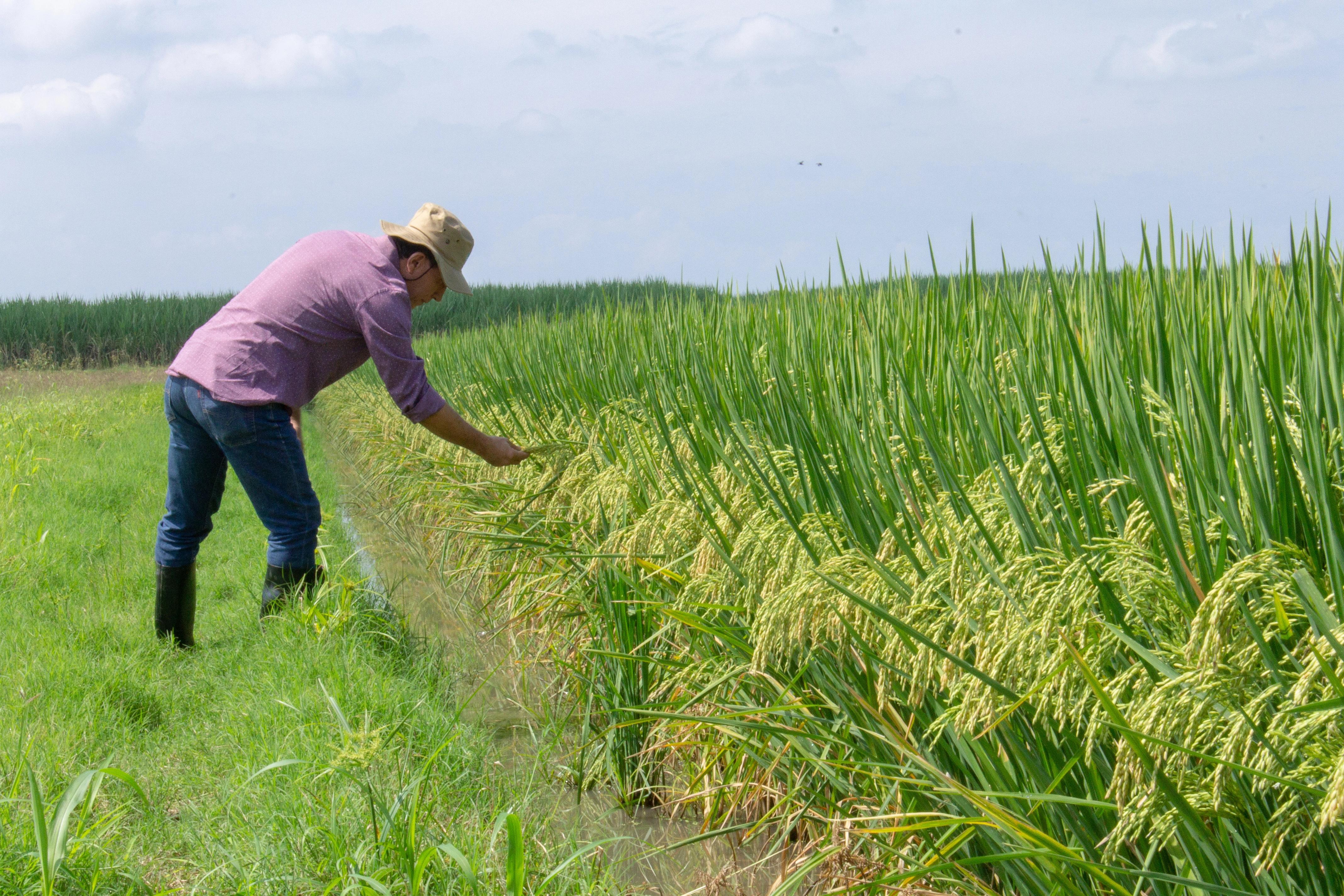
However, the job is not done! These varieties need to be tested in numerous locations across target environments and productive systems to validate Genotype x Environment effects (GxE) of these varieties. In other words, researchers validate the behavior of the crop according to its genes and the environment where it was planted.
To validate the GxE effect, it is crucial to have efficient diagnostic tools and methods to accurately and reliably analyze the trait expression. To validate the micronutrient content and screen samples for the breeding process, eliminating the risk of contamination is mandatory. HarvestPlus and partners were pioneers to utilize high-proof techniques and non-contaminating equipment, improve analytical protocols, and standardize methods for the high-throughput analysis of iron, zinc and vitamin A. To date, HarvestPlus has established, equipped, and capacitated 25 micronutrient analytical laboratories at nine CGIAR centers, 12 NARS (National Agricultural Research System), and four universities, and trained more than 100 laboratory staff in 13 countries in field sampling, sample preparation, equipment calibration, and routine analysis.
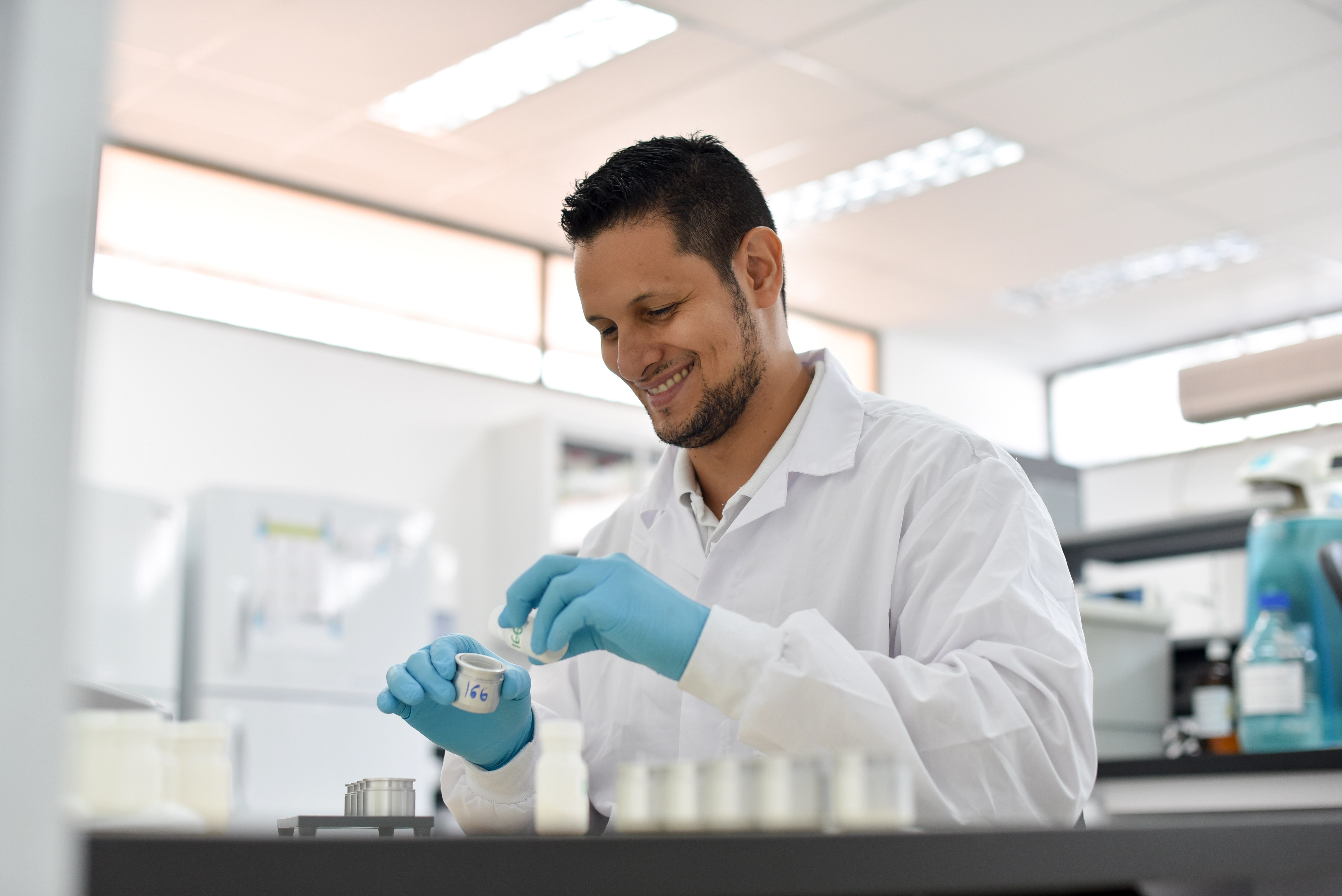
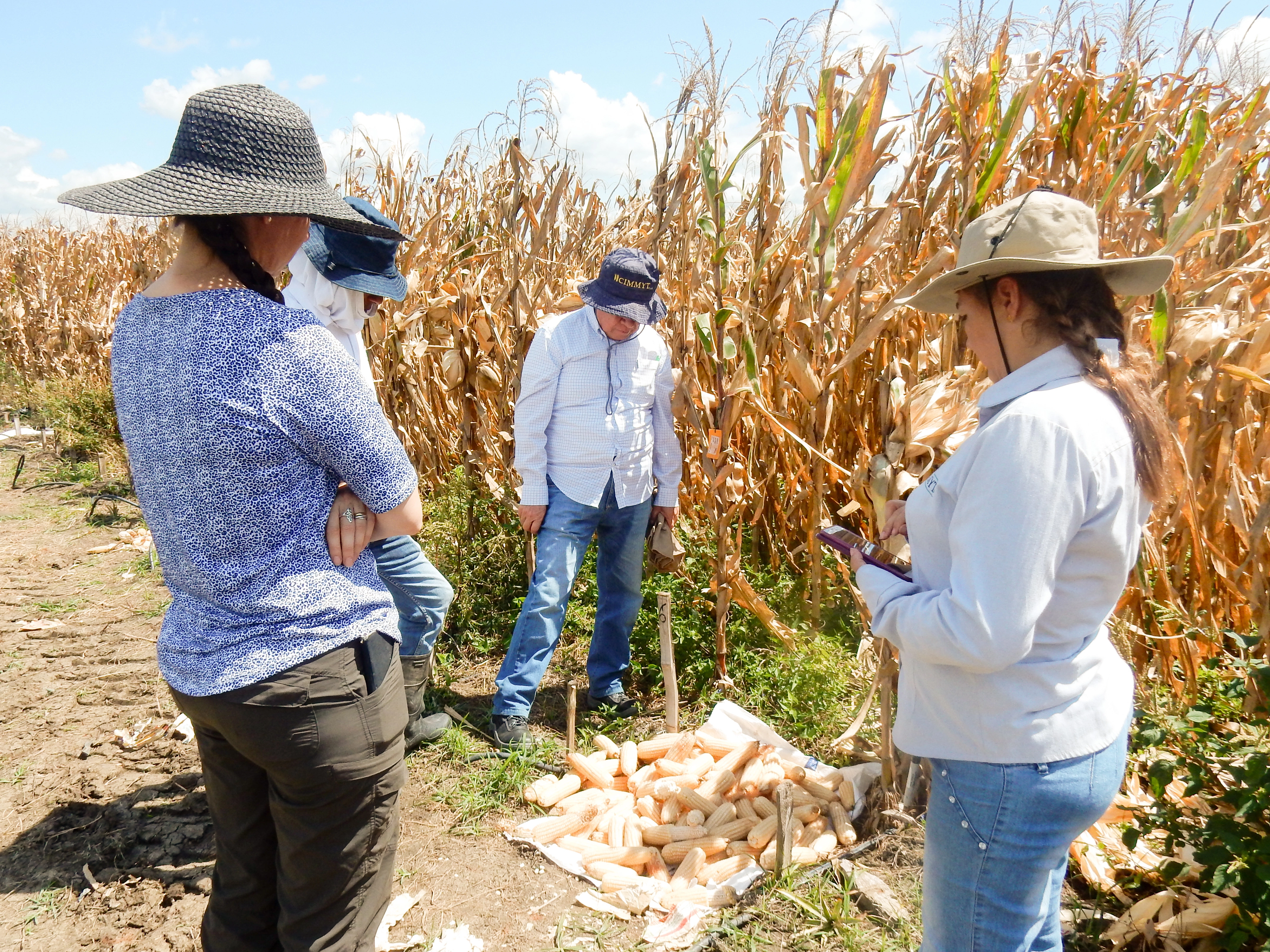
After breeders have validated the GxE effects of these varieties in target environments, they ensemble and send nurseries (a group of the validated varieties) for testing with the NARS and seed companies to undergo multi-year, multi-location trials. HarvestPlus works with over 600 partners, including the NARS, CG centers and private sector partners, to develop and deliver these nutritious, high-yielding, and climate-smart crops to vulnerable populations.
Finally, the most competitive varieties from the nurseries are presented formally to the national authorities and seed councils of each country. They are released as commercial crops, with the aim of making a big impact on agriculture society, letting farmers increase their harvests and improving health and nutrition among the community.


More than 400 varieties of 11 biofortified crops have been released for consumption in 30 countries. By the end of 2021, almost 12 million farming households were growing biofortified crops, benefiting over 60 million people.
